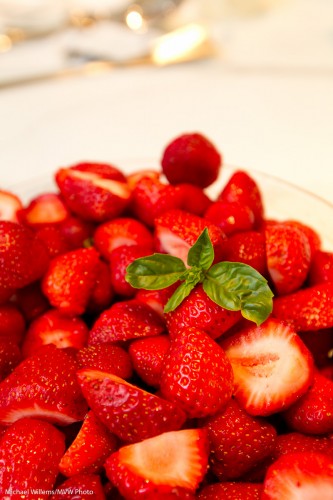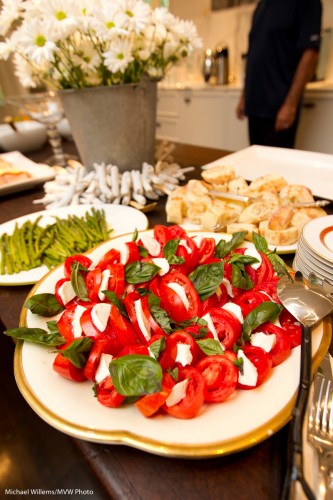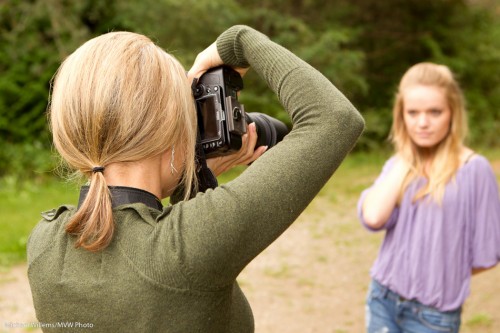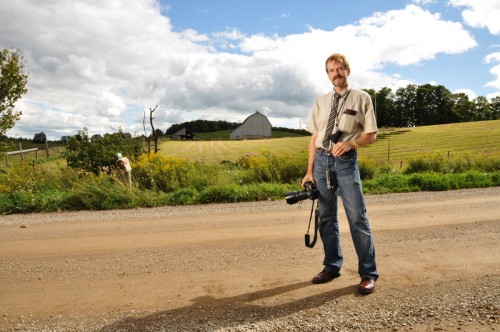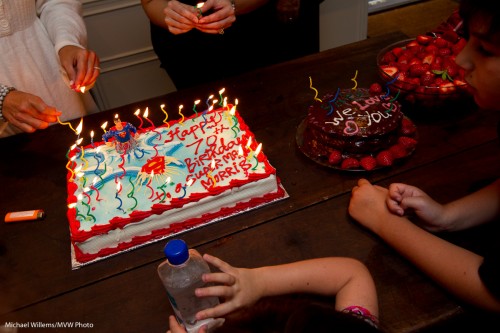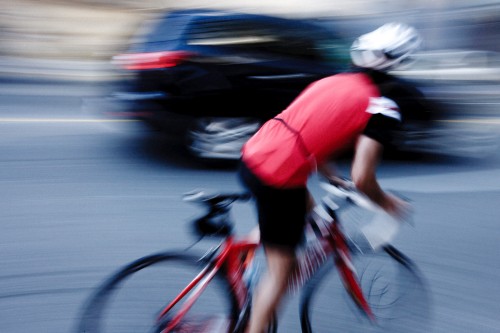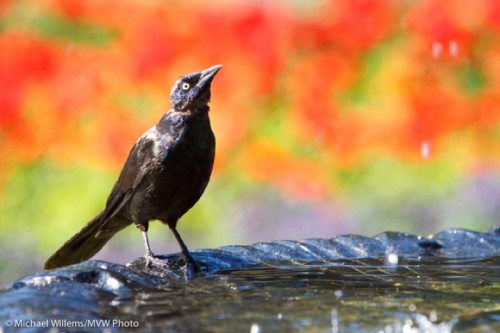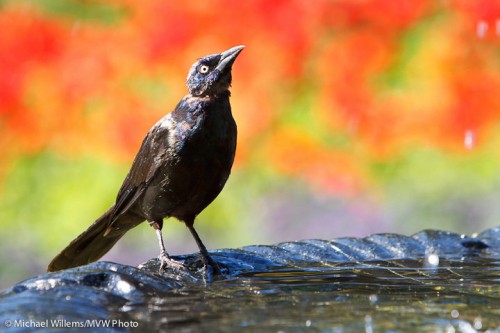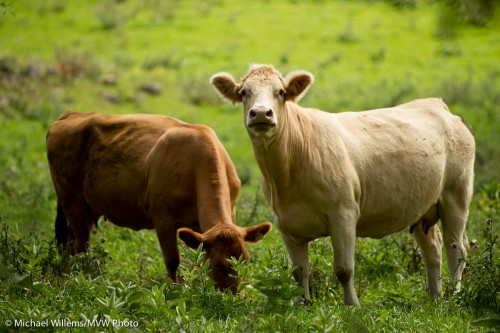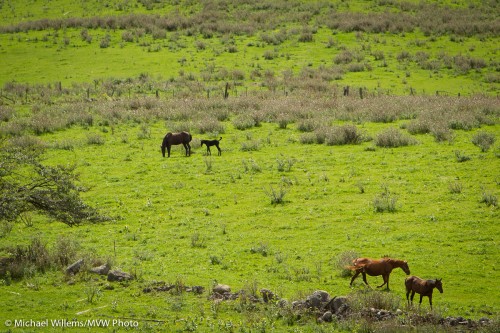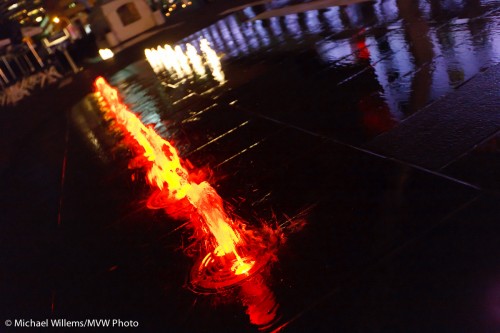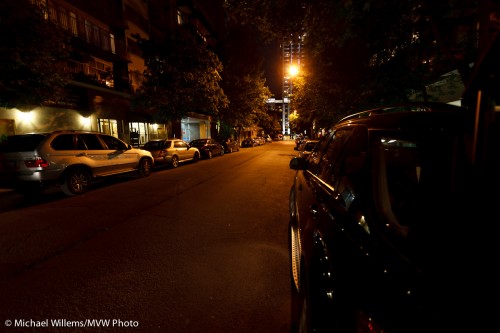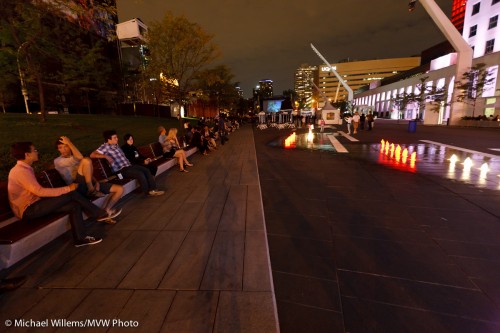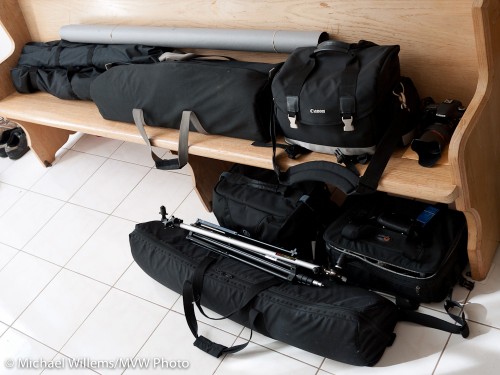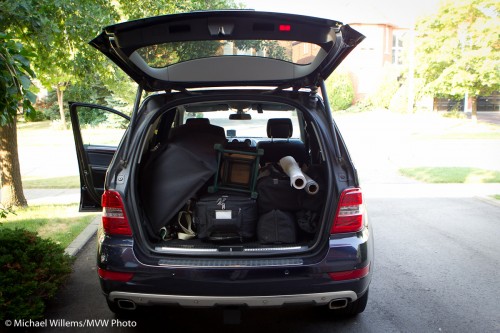There is always pressure between “techie” questions and “art” questions. Many artistic photographer scoff at the idea of talking about technology.
But I don’t. I think that yes, sure, photography is art: but if you do not have the tools, and the knowledge of how to use them, i.e. if you do not know the craft, you will never get to the art you want to get to. And a blurry or underexposed picture is not going to be liked by anyone. So the tools and the technology are very, very important.
In that contact, let me answer a reader question I received today. Nicolas asks:
I am a photo enthusiast and take photos for my own pleasure when I travel, when I have some time to walk around or when I go to some events sports or others. So no pro, not necessity of any results to make a living, just for fun.
I have a 70-200 f4 IS telephoto lens from canon, a 18-55 not IS and I used to have a 400d from canon.
But I broke the back screen of my camera when traveling because I just had it in a normal bag… I thought about having it repaired, but it costs too much compared to the price of a new camera.
I also thought for quite some time to get a bit better camera to improve AF, ISO and the way the camera handles since the 400d was a bit small.
But now my choices are very difficult. What camera should I go for and which lens to go with it ? I mostly take street photography or some inside photos with not that good light, and a few portraits. I really like fast lenses to create nice out of focus backgrounds. What would you recommend for my use ? I would like to stay with L lenses for future proofing and built quality.
- 7d with 16-35 2.8 ? with 24-70 ? with 17-40 ?
- 5d mk 2 with ?
- 1d mk 4 ?
Anything else ?
My budget is not big at the moment, so if you would recommend the most expensive cameras that would mean wait more to save more, so no photos in the meanwhile…
Great questions.
First, of course it is not about the camera – much more about the lenses. When the picture is being taken, on two things are being used: the sensor, and the lens. The camera is just a box.
But there are several good reasons to replace your camera.
- When it is broken.
- When it is more than, say, 3-4 years old (by which time newer cameras have usably better, and dare I say it cooler, features).
- When it is too small for you.
- When you need the pro features, like the ability to write to two cards; faster shooting; extra customizability; or waterproofing.
It seems to me you hit at least several of these features. So you need a new camera.
OK, then, which one.
- Since you travel and are an enthusiast, I would recommend against a big, heavy 1D-series camera. So, a Rebel, 50D/60D, 5D or 7D. All good.
- I love the Rebels (like the T1i.T2i etc), but if you are ready for the next step up, a mid-range camera like a 50D or 7D seems a great choice.
- If you need full-frame (i.e. you shoot wide angles all the time), a 5D might be indicated.
So if I were you, a 50D (which is cheaper now that the 60D has been announced) or 7D sounds great. The 7D is more modern (I have one), but also more expensive. I would only go to a 5D if the full-frame ability (even blurrier backgrounds, even lower noise, wider lenses) is important.
The 50D/60D and the 7D are both 1.6 crop cameras, so a 50mm lens works like an 80mm camera.
I agree with your choice of “L” (luxury) and “EF” (unlike EF-S, these fit on any Canon SLR) lenses, so that means things like:
- Your current telephoto lens; great for wildlife, detail, headshots, etc
- General walkabout/people lens: maybe a 17-40 f/2.8. The 16-35 is better but at twice the price. lenses are worth the money, but only if you have the money The f/4 is a great lens too.
- Street: a 24mm prime (which works like a 35).
- Portrait: 50 f/1.8 or even f/1.4 prime (which work like an 80).
- Travel: anything in the 10-20 range, i.e. wide.
The great news is that the lenses keep their value (unlike the camera).
Personally, I would start with a wide range like the 17-40, and add a 50mm immediately for low light and portraits. Then I would add 10-20 or 24mm prime as soon as able.

